What is Tension Leg Platform (TLP)?
The Tension Leg Platform (TLP) is an offshore floating platform which is used for oil and gas exploration.
A Tension Leg Platform (TLP Platform) is so referred because of its structural dynamics. The offshore platform consists of steeled sinewy pillars that are tautened on purpose and supported with cable-lines to provide weightlessness to the floating operational platform structure above the surface of the water.
One of the most extensively used type of oil platform, the oil platform design gains immense credibility primarily because of this structural singularity and secondly because of its high efficiency levels in comparatively deeper high seas operational areas.
Structural Details of the TLP Platform
The constructional configuration of the TLP platform can be categorised into three major components. The operational rectangular deck of the platform rising above the oceanic surface is quite akin to other types of high seas’ drilling and rig decks
Just below the operational platform are four pontoon-like pillars filled up with air that provide the necessary weightlessness to the above placed operating deck. These pontoon-like structures are regarded to be the mainframe torso of the entire tension leg platform.
Affixed to this torso are the aforementioned cable-lines that are appropriately tautened so as provide the necessary tenseness that would account for the weightlessness of the overall structure
Extending from the pontoons are the steeled sinews, founded deep into the oceanic depths. These steeled structures enable the provision of stability to the entirety of the offshore oil drilling platform on a more permanent basis, as compared to other existing offshore rig platforms.
Features and merits of the TLP Platform
The structural paradigm of this type of oil platform prevents disruptions to the drilling operations arising on account of instability of the structure’s foundation.
Thus while the tension leg platform is subject to slight sideways motions at its surface because of the tidal motions, the continuity of the drilling operations are well-accounted for because of the stability of the structure at its constructional base.
These kinds of oil platforms are highly suitable in areas prone to regular volatility of the oceanic conditions. Examples of some of the high seas where TLP platforms are currently operated include the Gulf of Mexico and in certain parts of the North Sea.
Alongside being utilised for excavation of oil from their sub-water reservoirs, these platforms have also been recommended to be utilised for the purposes of installing wind turbines in the high seas. The TLP platforms provide a high cost-to-benefit ratio and their installing in the required oceanic zone is carried out part-by-part by assembling the various components of the platforms.
These ingenious drilling instrumentations have been in operational existence since the latter part of the 20th century. In the course of the three decades since their pioneering, several advancements have been made to their initial engineering concept which had further catapulted the utility value of these engineering marvels while presenting the marine domain with yet another viable alternative to carry out the necessary maritime activities.
References: globalsecurity, rigzone, veristar
Do you have info to share with us ? Suggest a correction
Latest Type Of Ships Articles You Would Like:
Subscribe To Our Newsletters
By subscribing, you agree to our Privacy Policy and may receive occasional deal communications; you can unsubscribe anytime.



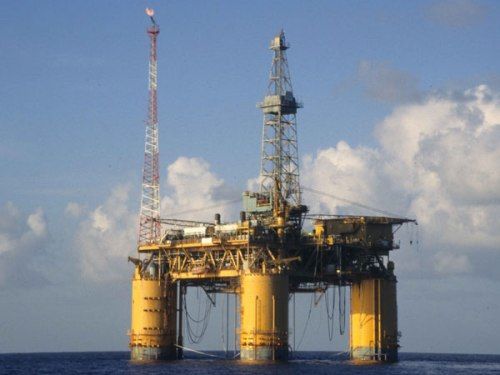
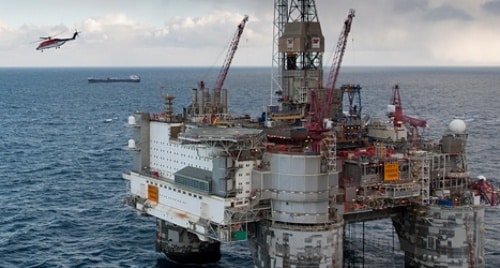
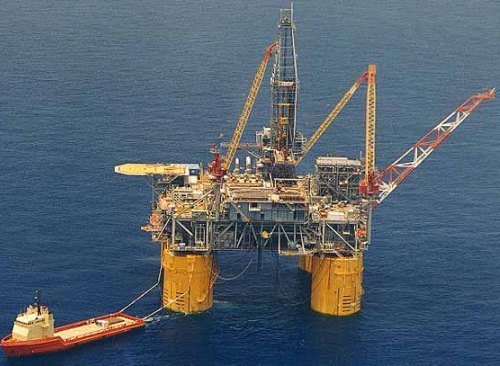
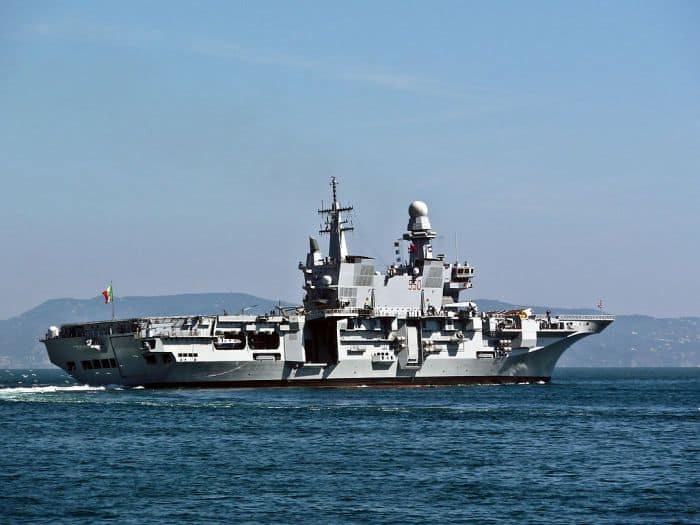
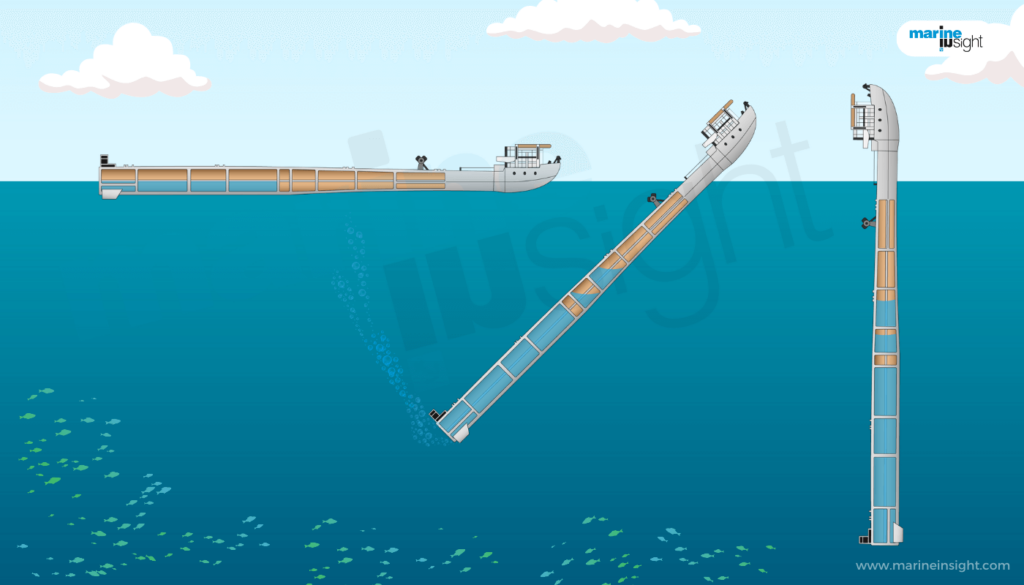

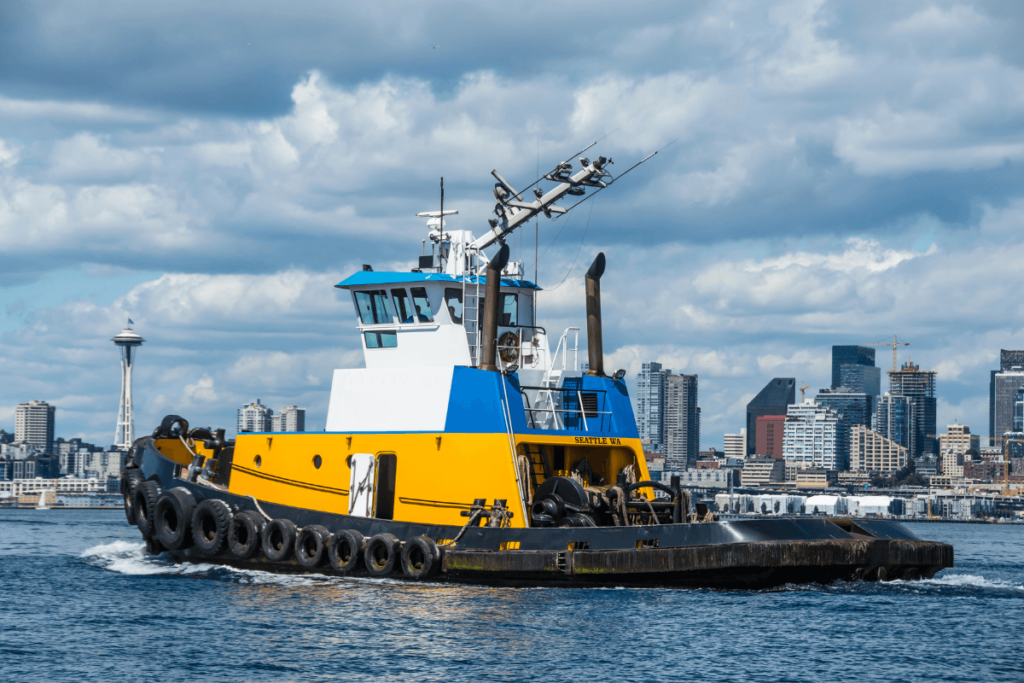

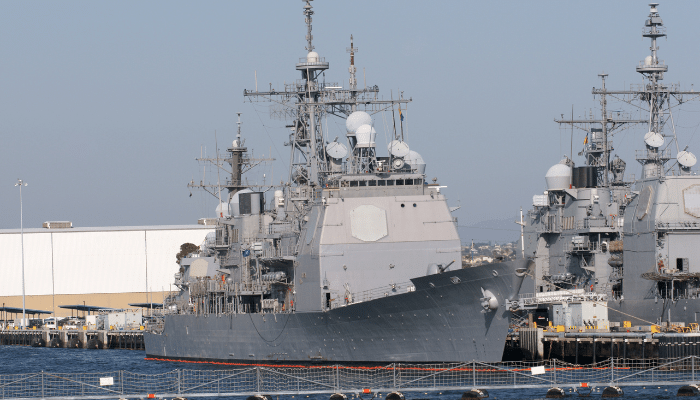


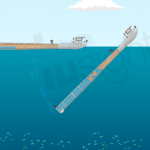
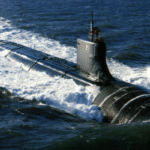
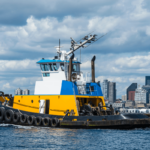
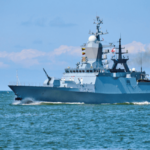

I want to buy, new or used marine oil platforms, where I can find sellers, I want to buy the biggest ones, place them in the MAR GOLFO PERSICO, IRAN, private purchase